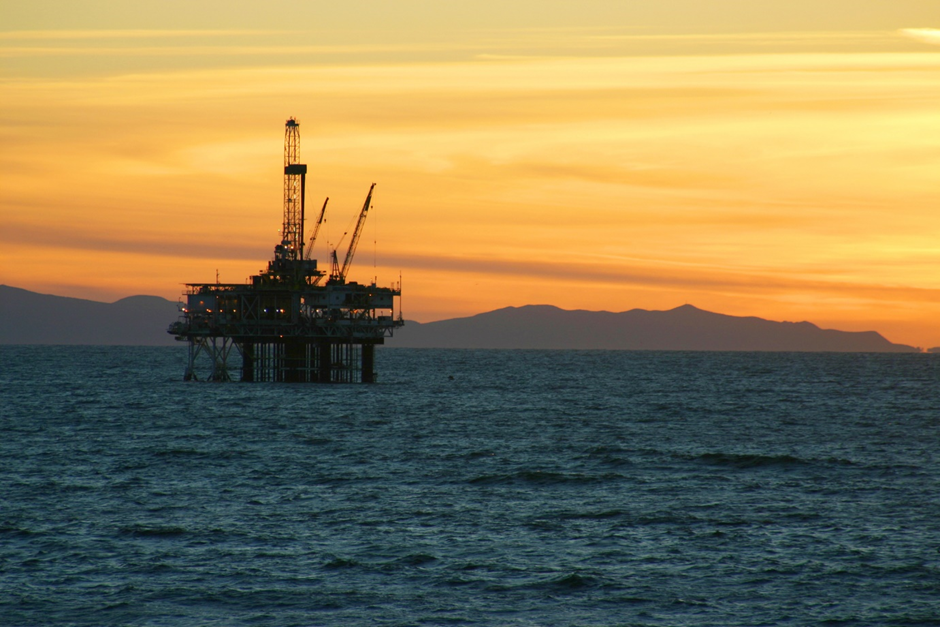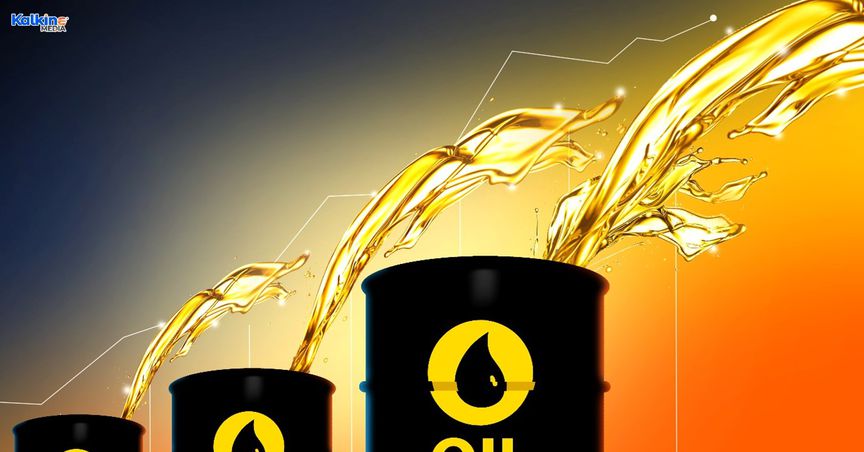Highlights
- Curtailed production from the world's top producers coupled with an ongoing tussle between Russia-Ukraine has created a global energy crisis.
- Russia is a key supplier of crude oil in the world and accounts for nearly 10% of the world’s total supplies.
- The prices of both crude oil benchmarks have been trending up and are currently trading nearly 60% up on a yearly basis.
Crude oil prices have likely found a home near the three-digit mark of US$100/bbl. On a yearly basis, the prices of both crude oil benchmarks are currently trading 60% higher compared to the corresponding period last year.
Curtailed production from the world's top producers coupled with an ongoing tussle between Russia-Ukraine and a solid recovery after the pandemic has created a wide gap between crude oil demand and supply.
Earlier this year, Goldman Sachs said that oil prices would continue to rise above US$100 in the next year as well. There are solid chances that oil prices remain elevated above US$100 for the rest of 2022 due to imbalances in demand, supply, and production.
Also Read: Crude oil surges to 14-year highs on delays in Iranian talks
Having said that, let us zero in on three key reasons why crude oil prices are soaring.:
Robust demand after pandemic
Crude oil prices started plummeting with the start of the pandemic in March 2020 as people were forced to stay at home. That sharp decline in demand caused oil prices to plunge to a multi-year low in April 2020.

Source: © Lancemichaels | Megapixl.com
But a solid recovery from the pandemic bolstered by the rollout of vaccines has made people feel safe. This resulted in a significant rise in demand, and consequently, the price of crude oil changed its trajectory from negative to multi-year highs.
Also Read: Crude oil slides from multi-year highs as Iran talks rev up
Russia Ukraine Crisis
Russia’s invasion of Ukraine is another factor leading to a staggering spike in crude oil prices. The prices started trending up on 24 February 2022, the day when Russia officially announced its military operation against Ukraine.
In support of Ukraine, the US decided to stem the flow of fundings to Russia. The nation along with its allies announced a ban on Russian oil and gas imports on 11 March 2022, fuelling supply concerns.
Russia is a key supplier of crude oil in the world and accounts for nearly 10% of the world's total supply. A ban on Russian oil imports has triggered future supply concerns among market participants, eventually jacking up oil prices.
Production cuts
When energy demand plunged during the pandemic, the Organization of the Petroleum Exporting Countries (OPEC) along with Russia decided to slash oil production to clear the market glut.

Source: © Dianaopryshko | Megapixl.com
As the global economy recovered, OPEC and its allies were not able to ramp up production as per demand. The cartel didn't start increasing production until July 2021, widening the gap between demand and supply, fuelling the spike in crude oil prices.
Bottom Line
Crude oil prices have been hovering above US$100/bbl, significantly higher than the level last seen during the same period in 2021. The ongoing war between Russia and Ukraine has resulted in reduced supplies from the world's top producers. Also, a solid recovery after the pandemic has increased the demand-supply gap, pushing oil prices higher.



_07_02_2025_07_09_20_593716.jpg)


